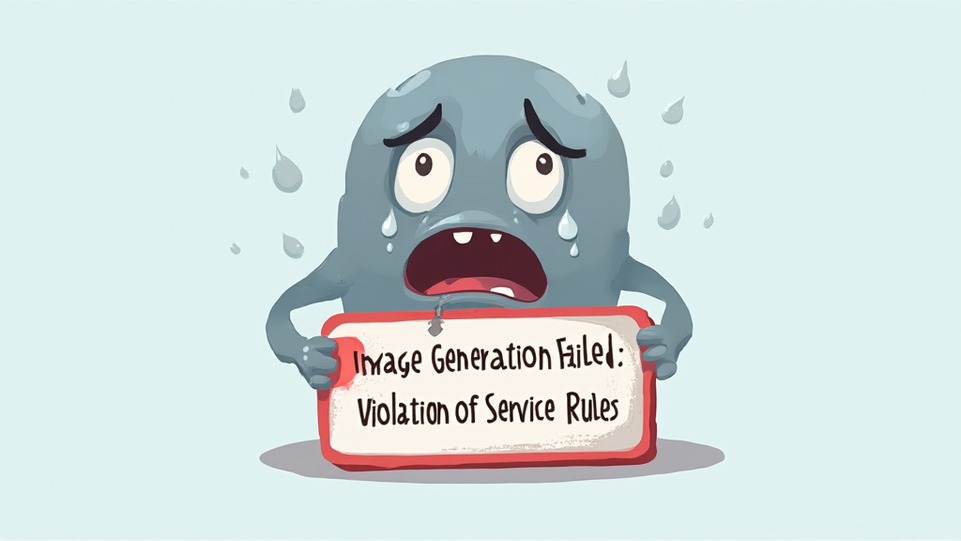Introduction to Inflation and Its Impact on Savings
Understanding Inflation: Causes and Effects
Inflation erodes purchasing power, impacting savings significantly. He may find that his money buys less over time. This gradual decline can lead to financial insecurity. It’s crucial to understand these dynamics. Many people overlook this aspect. As prices rise, the value of cash diminishes. He should consider alternative investments. Diversification can mitigate these risks. A well-rounded portfolio is essential. Investing wisely is a smart move.
The Historical Context of Inflation and Savings
Historical inflation trends reveal significant impacts on savings. For instance, during the 1970s, inflation rates soared. He may notice how this affected purchasing power. Key events include:
These events illustrate inflation’s volatility. He should be aware of these patterns. Understanding history aids in making informed decisions. Knowledge is power in finance.
The Role of Cryptocurrency in an Inflationary Environment
How Cryptocurrencies Can Hedge Against Inflation
Cryptocurrencies offer unique advantages in inflationary environments. They are decentralized and not controlled by any government. This independence can protect against currency devaluation. He may find this appealing. Key features include:
These aspects enhance their value retention. He should consider diversifying into crypto. It can be a strategic move. Knowledge is essential for effective investing.
Comparing Cryptocurrencies to Traditional Assets
Cryptocurrencies and traditional assets differ significantly in their characteristics. For instance, cryptocurrencies are highly volatile, while traditional assets like stocks and bonds tend to be more stable. He may find this volatility concerning. Additionally, cryptocurrencies offer liquidity advantages due to ⁄7 trading. This can facilitate quicker transactions. In contrast, traditional markets have set trading hours. Understanding these differences is crucial for informed investment decisions. Knowledge empowers effective financial strategies.
Diversifying Your Investment Portfolio
The Importance of Asset Diversification
Asset diversification is essential for managing risk. By spreading investments across various asset classes, he can reduce potential losses. Key benefits include:
This strategy can lead to more stable growth. He should consider including stocks, bonds, and cryptocurrencies. A balanced portfolio is crucial for financial health. Knowledge is vital for successful investing.
Incorporating Cryptocurrencies into Your Portfolio
Incorporating cryptocurrencies into an investment portfolio can enhance diversification. Their unique characteristics provide potential for hihh returns. Allocating a small percentage to cryptocurrencies can mitigate overall risk. This approach balances traditional assets with digital currencies. Understanding market trends is essential for effective investment. Knowledge leads to informed decisions.
Stablecoins: A Safe Haven in Volatile Markets
What Are Stablecoins and How Do They Work?
Stablecoins are digital currencies pegged to stable assets, typically fiat currencies. This mechanism helps maintain price stability. He may find this feature beneficial. They provide a reliable medium of exchange in volatile markets. By minimizing fluctuations, stablecoins facilitate smoother transactions. Understanding their structure is crucial for effective use. Knowledge enhances financial strategies.
Using Stablecoins to Preserve Value
Using stablecoins can effectively preserve time value during market volatility. They offer a hedge against inflation and currency devaluation. He may find this strategy advantageous. Key benefits include:
These features make stablecoins a practical choice. He should consider integrating them into his portfolio. Knowledge of their mechanics is essential. Understanding leads to better financial decisions.
Investing in Precious Metals as a Complementary Strategy
The Historical Value of Gold and Silver
Gold and silver have historically served as safe-haven assets. They retain intrinsic value during economic uncertainty. Precious metals act as a hedge against inflation. Their demand often increases in turbulent markets. Key advantages include:
Understanding these benefits is crucial for effective investing. Knowledge empowers better financial choices.
Combining Precious Metals with Cryptocurrency Investments
Combining precious metals with cryptocurrency investments can enhance portfolio stability. This strategy leverages the strengths of both asset classes. He may find this approach beneficial. Precious metals provide a hedge against inflation, while cryptocurrencies offer high growth potential. Diversifying across these assets can mitigate risks. He shouls consider the market dynamics of each. Understanding their interactions is essential for informed decisions. Knowledge is key to successful investing.
Building a Resilient Financial Strategy
Setting Financial Goals in an Inflationary Climate
Setting financial goals in an inflationary climate requires careful planning. He must prioritize both short-term and long-term objectives. Key considerations include:
These strategies can enhance financial resilience. He should regularly review his goals. Staying informed is crucial for effective decision-making. Knowledge leads to better financial outcomes.
Regularly Reviewing and Adjusting Your Strategy
Regularly reviewing and adjusting financial strategies is essential for success. This practice allows for timely responses to market changes. He should assess his portfolio periodically. Identifying underperforming assets is crucial. Additionally, he must consider shifting economic conditions. Adapting to new information is vital. Knowledge empowers better financial decisions. Staying proactive is key to resilience.
Conclusion: Taking Action to Protect Your Savings
Summarizing Key Strategies for Inflation Protection
To protect savings from inflation, several key strategies are essential. First, diversifying investments across various asset classes can mitigate risk. Additionally, incorporating precious metals can provide stability. Understanding market trends is crucial for effective decision-making. Knowledge is power in financial management. Staying informed allows for timely adjustments. Proactive measures enhance financial resilience.
Encouraging Proactive Financial Management
Proactive financial management is essential for long-term stability. He should regularly assess his financial situation. This includes reviewing budgets and investment portfolios. Identifying potential risks early can prevent losses. Additionally, setting clear financial goals is crucial.
